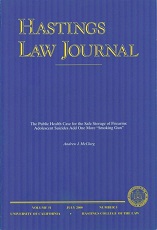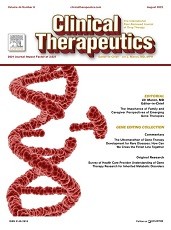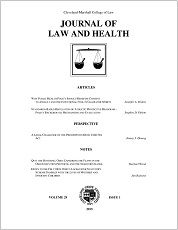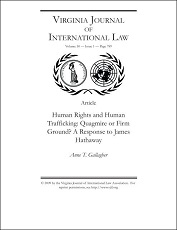J Smith
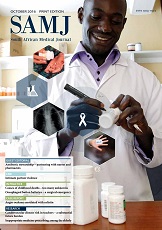
Extract
The wave of abortion-on-demand legislation sweeping the world has reached our shores. The first blows to the concept of the sanctity of human life are being dealt at a time when health care in South Africa is undergoing tremendous upheaval. This concept may be irreparably damaged if the present Abortion and Sterilisation Act of 1975 is changed. . . Health professionals should be guided in their decisions and proposals by health values and by scientific evidence. Unfortunately these are not the only prerequisites, since moral and religious considerations are always subconscious realities. Enormous moral and ethical pressures already confront those making decisions about the provision of medical and health care in developing countries. . . The ‘unwanted’ child . . .is therefore victimised, not because of his or her own shortcomings but because society attempts to solve its socio-economic and broader health problems through the sacrifice of its children. . . To avoid abortions, fertility regulation (family planning)should be aggressively propagated in South Africa with specific emphasis on female education and counselling regarding contraceptive information, services and supplies and sterilisation. Contraception saves the lives of thousands of women around the world owing to avoidance of unwanted pregnancies.
Smith J. (Editorial) Abortion- a debate. S Afr Med J. 1995;85(3):137-139.
